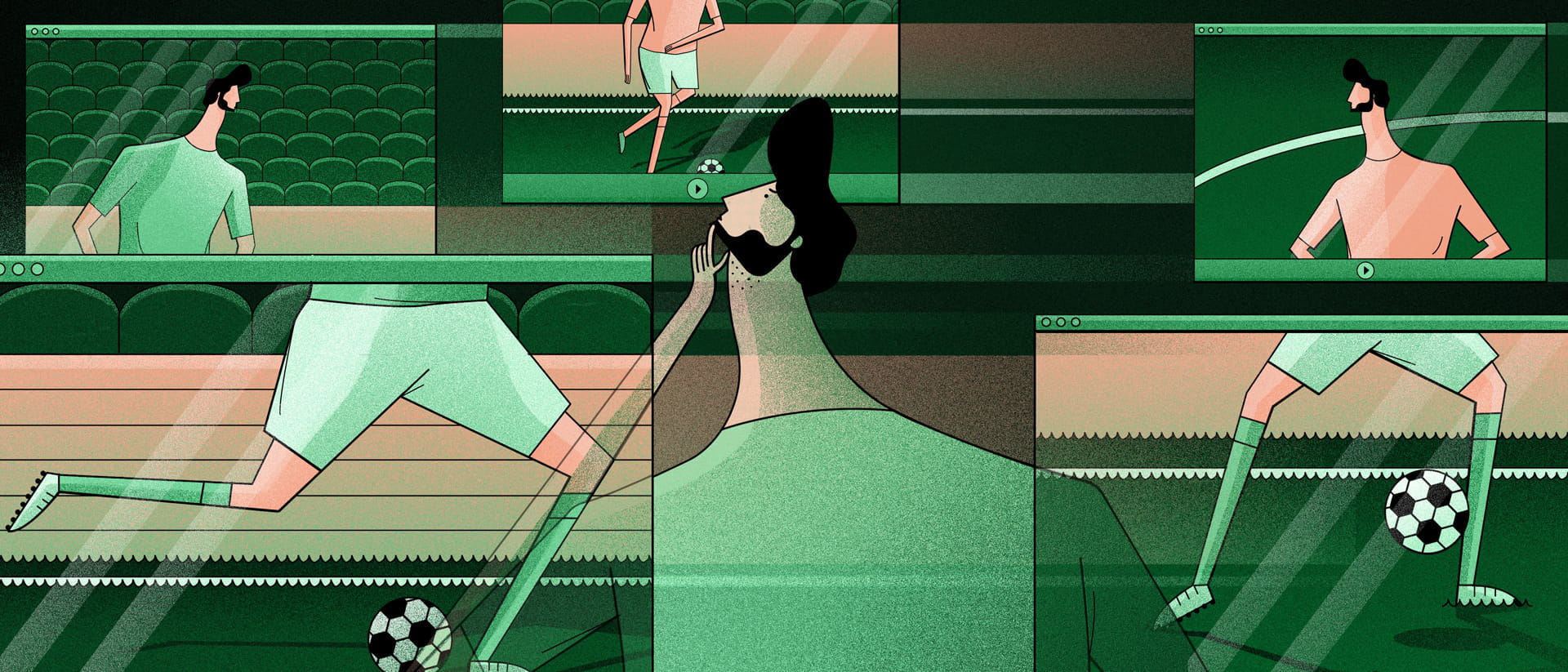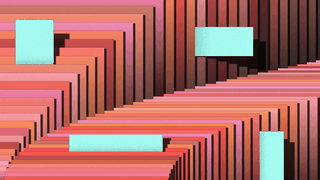
She brings to light the shameful lack of thought that goes into designing public facilities, and the callousness with which women’s reproductive health is treated, despite all the noise about keeping them in the workforce. The image of women health workers bleeding in cumbersome protective gear haunted me because my mother worked as a nurse for three decades. A story everyone – especially people in power – needs to read.
Tanmoy, Sanity correspondent

As David Berry puts it in his exploration of nostalgic sensibility throughout the ages: “One of the bitterer truths that nostalgia helps us deal with is the fact that we so rarely know when things are ending.” He beautifully and humorously recounts the history of nostalgia from a medical condition connected to place (at some point, they thought it was a Swiss thing, possibly triggered by the sound of cowbells on green pastures), to something much less physical and more ubiquitous that’s entered the popular consciousness but is nevertheless acutely felt by the afflicted, which is most of us at many points in our lives.
I really enjoyed how Berry distills nostalgia to one of humanity’s pesky conundrums that the medical community has given up on and left to the philosophers to deal with: the eternal quest to be at peace with our station in life when deep down we all know that the only way is down.
Carmen, member support manager

And as this edge-of-your-seat long-read by Ben Taub makes clear, it was no easy task and demonstrates just how far deep-sea design has come. Taub brings the reader on thrilling a ride through one man’s obsession into the deepest depths on the planet.
Shaun, copy editor
The best of The Correspondent
 This anonymous armchair analyst is teaching world-class football players something even the biggest clubs can’t
How do footballers achieve excellence? For one of the best defenders in the world, Stefan de Vrij, and his video analyst, every hundredth of a second counts.
This anonymous armchair analyst is teaching world-class football players something even the biggest clubs can’t
How do footballers achieve excellence? For one of the best defenders in the world, Stefan de Vrij, and his video analyst, every hundredth of a second counts.
 How one leaky rubber boat could sink the EU’s entire migration policy
At the end of 2017, a tiny boat with 150 African migrants on board sank into the Mediterranean sea. Some of them drowned, some were taken to Italy, and a number disappeared into a hellish Libyan detention centre. Seventeen survivors filed a lawsuit – and the court case could capsize the entire EU migration policy.
How one leaky rubber boat could sink the EU’s entire migration policy
At the end of 2017, a tiny boat with 150 African migrants on board sank into the Mediterranean sea. Some of them drowned, some were taken to Italy, and a number disappeared into a hellish Libyan detention centre. Seventeen survivors filed a lawsuit – and the court case could capsize the entire EU migration policy.
 How do we know democracy is broken if we don’t know what it is?
Low trust, fake news, and a lot of money. Democracy is facing its biggest threat in decades, maybe centuries. But before we can fix it, we need to understand what it is.
How do we know democracy is broken if we don’t know what it is?
Low trust, fake news, and a lot of money. Democracy is facing its biggest threat in decades, maybe centuries. But before we can fix it, we need to understand what it is.


